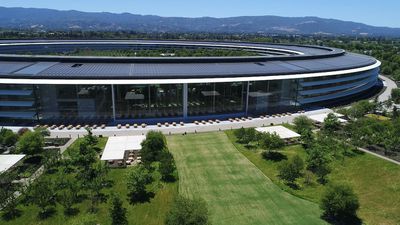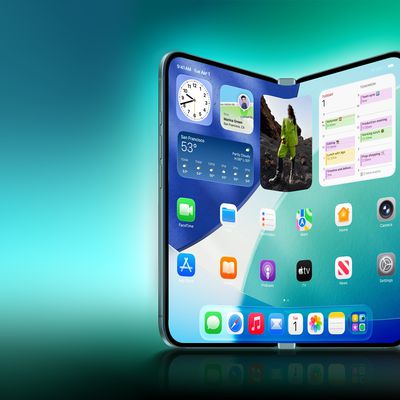The County of Santa Clara's Public Health Department today issued a mandatory order that requires all mass gatherings of 1,000 or more people in Santa Clara County to be canceled.

Santa Clara County includes cities like Cupertino, Palo Alto, Mountain View, and San Jose, and it is the county where Apple's two main campuses are located along with many of its satellite offices.
Last week, county officials issued guidelines suggesting that companies in the area minimize or cancel large in-person meetings and conferences, but the new ban is a requirement that will prevent any major gatherings.
The ban takes effect at 12:00 a.m. Pacific Time on March 11 and for now, will last for three weeks. Santa Clara County is putting the ban in place as it waits for more widespread testing and for more details on how COVID-19 spreads.
"This is a critical moment in the growing outbreak of COVID-19 in Santa Clara County. The strong measures we are taking today are designed to slow the spread of disease," said Dr. Sara Cody, Santa Clara County Health Officer. "Today's order and new recommendations will reduce the number of people who develop severe illness and will help prevent our healthcare system from becoming overwhelmed. This is critically important for anyone with healthcare needs, not just those most vulnerable to serious illness from COVID-19."
The three-week ban will only last until the beginning of April, but ahead of when the mandatory ban was in place, tech companies had already started canceling events. Both Facebook and Google have canceled planned developer events set to take place in May that would have had around 5,000 attendees.
Apple still has not made any announcements about WWDC, which is typically held in June at the McEnery Convention Center in San Jose, California, and the length of this ban will not affect June plans, but with the growing number of coronavirus cases in the county, Apple may cancel the event as a precaution.
Apple could still provide WWDC content in a digital format with online presentations for media and developers, but it's not entirely clear what the company's plan is at this time. We should be hearing soon, as Apple normally announces WWDC info right around this time in March.
The county's decision to blanket ban all events of 1,000 or more people comes as Santa Clara County experienced its first death due to the coronavirus. Santa Clara County has a total of 43 known COVID-19 cases, with more in other counties in the Bay Area.
























